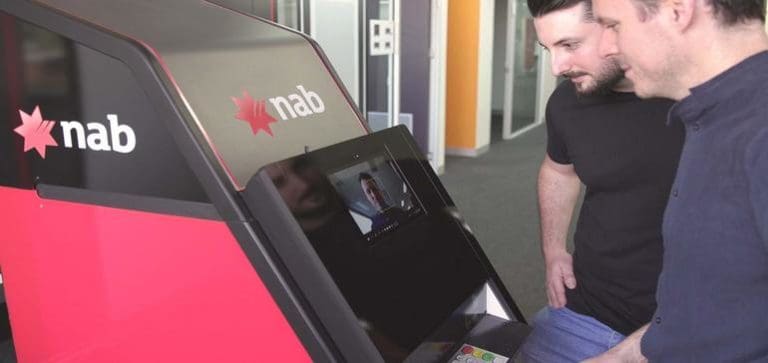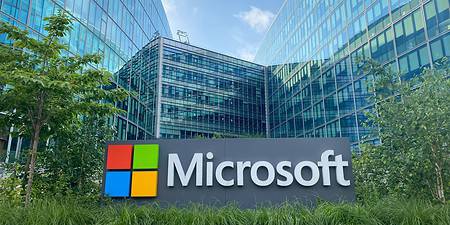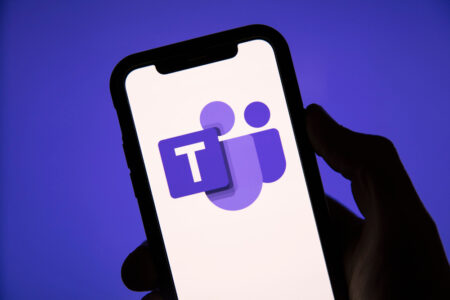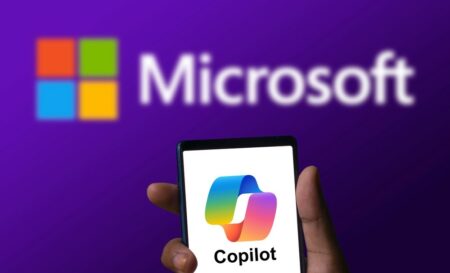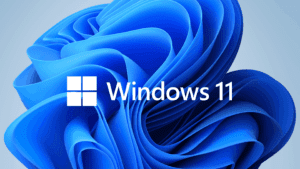Microsoft and NAB are testing biometric technology to make passless ATMs possible. Facial recognition would allow customers to withdraw money from their account. The first tests are already taking place with the equipment, which should reduce the risk of fraud.
The National Australia Bank (NAB) is investigating the possibilities for a future without debit cards. To this end, the bank works together with Microsoft. The aim is to develop an ATM that allows customers to withdraw cash from their account through facial recognition. During the Sibos fair in Sydney, a proof of concept was shown, which was developed on the basis of the Azure Cognitive Services.
No physical pass
The cloud-based application eliminates the need for physical debit cards or devices. Customers can withdraw money from their account with facial recognition and their PIN code. According to the NAB and Microsoft, the innovation improves the customer experience, and would drastically reduce the risk of debit card fraud and skimming.
According to NAB’s CTO Patrick Wright, cloud technology enables the bank to deliver new technologies quickly. Working with companies such as Microsoft allows us to develop these kinds of concepts. Wright says it is a look at the future of the banking sector.
Register face
The ATM does not store images, but it does store biometric data. These are stored on Microsoft’s cloud. Because it is a trial, the data will be deleted after the experiment. Furthermore, the information is only used to authenticate the customer’s identity.
NAB customers can use a kiosk to register. There they have to have their faces scanned and link that data to their debit card and PIN code. To be able to withdraw money, people need to have their faces scanned and then enter their PIN code. The concept will be tried out over the next two months.
This news article was automatically translated from Dutch to give Techzine.eu a head start. All news articles after September 1, 2019 are written in native English and NOT translated. All our background stories are written in native English as well. For more information read our launch article.